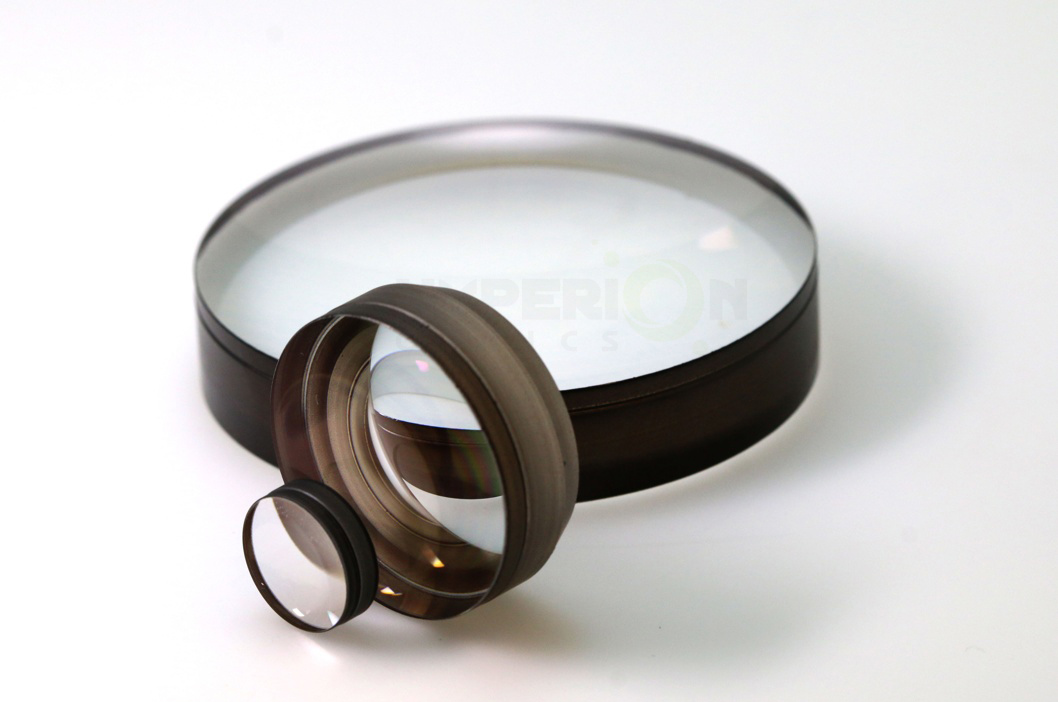Pieces Knowledge: Basic Knowledge of Optical Lens Grinding Process
I. The grinding purpose and fundamental principle
1. Purpose:(1) to remove the damaged layer of fine grinding to meet the requirements of the specified appearance limit
(2) To finish the surface, let curvature radius R circular reaches a specified value, meet the requirements of the number of NR and the local curvature of the aperture tolerance (Yasi).
2. Fundamental principle
By mechanical movement, the mechanical action will occur between the grinding agent and the glass in the grinding dish. And the purpose of precision polishing will achieve.
II. the types and use of the required dish
1 grinding dish: used for grinding lens2 fixture: used to hold the optical lenses for fine grinding
3: relay equipment: the joint between machine and grinding dish, the height and coaxiality is adjustable.
4 dishes: used to repair the accuracy of the drill plate
5 drilling dish: it is used to correct the precision of grinding plate (drilling dish is by diamond particles curvature surface sticking into or out of shape curvature surface, its accuracy is generally +2 dish, dish 0~-1 negative, it is used for repairing and grinding the skin)
III. The main control point for grinding
1. Check the fixed points, scars, sand, broken, frog skin, corrosion on the surface or not.2. Check the quantity of Yasi, vertical edge, the number of the surface is under the limit or not.
3. Check the grind quantity is in the within standard or not.
- The Yasi ---- surface precision deviation image circle of confusion (ellipse, saddle-shaped, pillar), local irregular aperture (middle part high, middle part low, vertical edge)
- Middle part high---When the lens and the original contract fully, a small aperture will be thick, when we pull the edge, the center will hump inward, pull 1/2, an ellipse will occur.
- Middle part low - when the lens and the original contract fully, the center of the aperture gap is too narrow, too dense. When we pull the edge, the central bulge outward, pull 1/2, the ellipse will appear.
- Corrosion, usually referred to as corrosion, is the appearance of a massive, punctate, fog like phenomenon caused by the chemical reaction between the surface of optical lenses and water or other substances in the air.
Achromatic Doublet Lenses

At Hyperion Optics, with decades fabrication experiences, we have been providing our customer a vast number of achromatic lenses for their applications in different precision grades, please check our test plate radius available online for download to save your cost on custom achromatic doublet lens optical design. Particularly for cost-sensitive design, our series production capability always ensures a satisfying pricing solution.
As optical designers widely use doublets which contribute latitude to eliminate chromatic and spherical aberrations more thoroughly. We also provide excellent suggestions for glass material selection in individual design as we distinguish the importance of refractive index precision in material selection stage despite the design data in software.
Universally, with particular flint glass designers might choose, certain glass’ deliquescence attribute lead to cosmetic failure after polishing, or even affect the transmission after coating. Let us help to avoid such problem in your design to live process.
COMMERCIAL GRADE
|
FACTORY STANDARD
|
PRECISION GRADE
| |
Diameter Tolerance(mm)
|
±0.05
|
±0.03
|
±0.0125
|
Center Thickness(mm)
|
±0.01
|
±0.03
|
±0.025
|
Radius (%)
|
±1%
|
±0.5%
|
±0.3%
|
Focal Length Tolerance (%)
|
±3%
|
±1%
|
±0.5%
|
Cosmetic(MIL-C-13830A)
|
100-80
|
40-20
|
10-5
|
Figure Tolerance in λ(Pow/irreg)
|
3 - 1
|
2 - 1/4
|
1 - 1/10
|
Centration (Arc min)
|
6
|
<3
|
<1
|
Dia. To Thick Ratio
|
9~50:1
| ||
Coating (T% avg)
|
96-98%
|
99%
|
99.5%
|
Materials
| |||
For extremely precision sensitive system requirement, please contact us for further information, our engineers are more than happy to evaluate your design and have our experiences of manufacturing input help to define the most appropriate tolerances.
Labels: Achromatic Doublet Lenses, grinding, Hyperion Optics, lens optical design, optical lenses

0 Comments:
Post a Comment
Subscribe to Post Comments [Atom]
<< Home